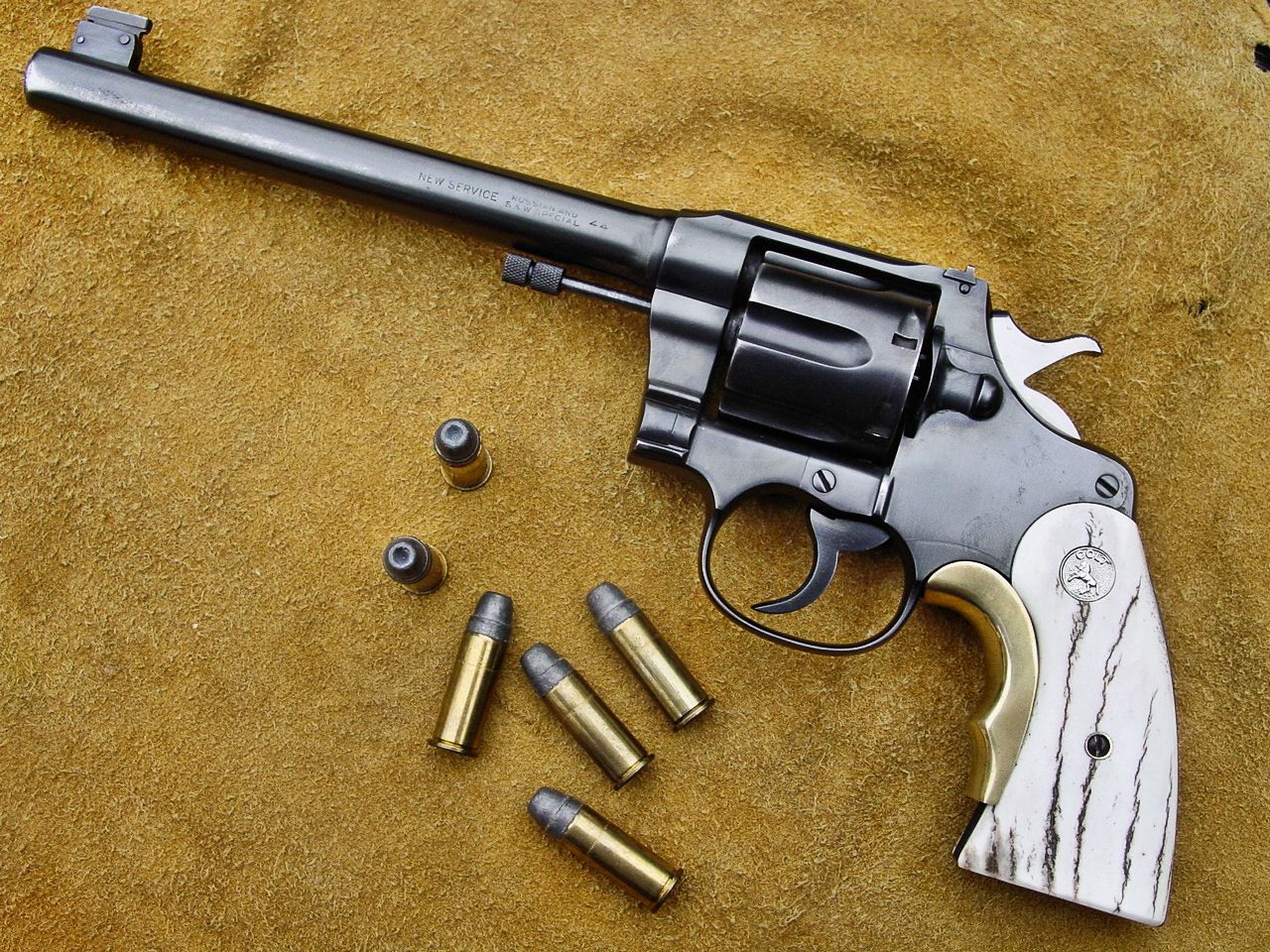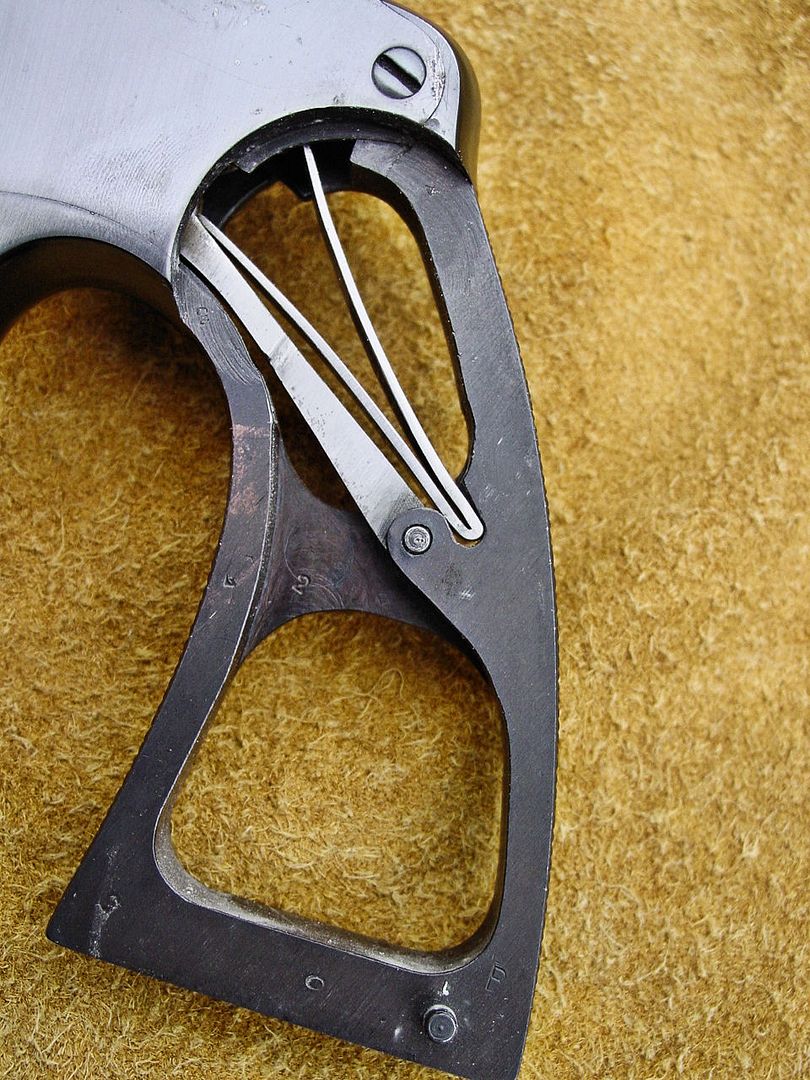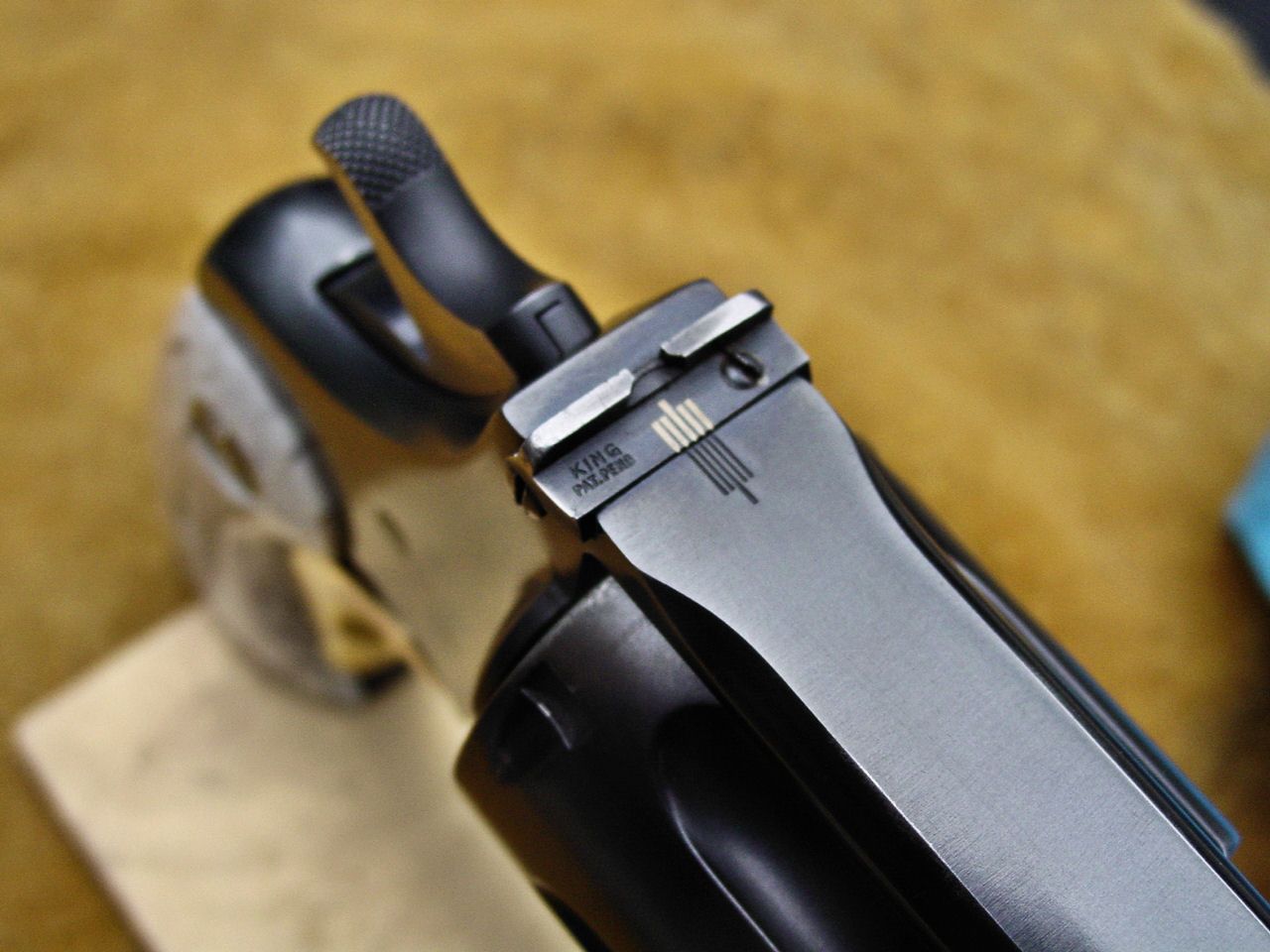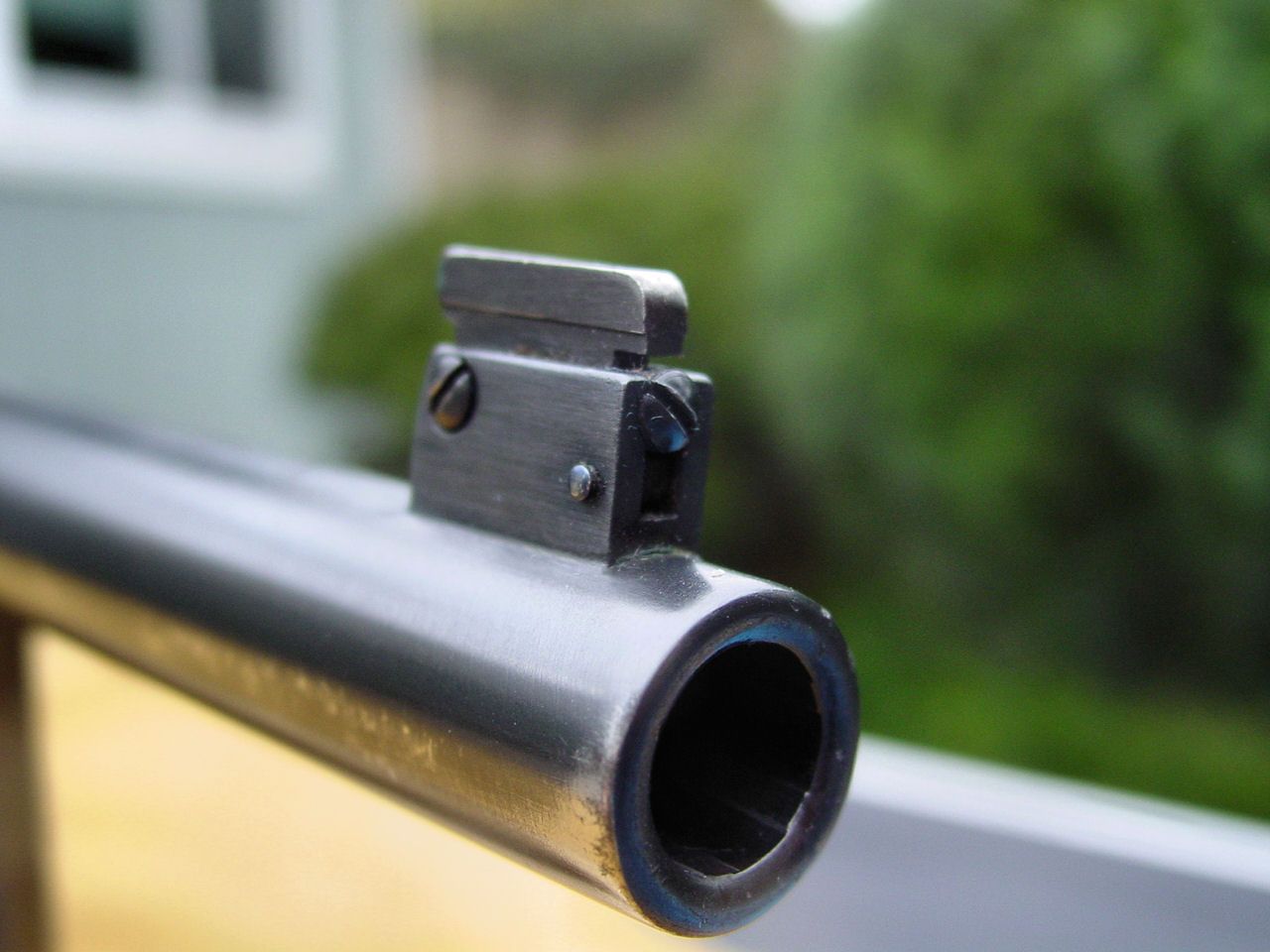QUOTE: "...Even in traditional bullseye there were double action (da) matches, or at least used to be.
Anyway you can see more about Distinguished Revolver matches here..."
Traditional Bullseye matches as opposed to "Distinguished Revolver" competition always involved shooting the handgun with one hand. I've competed in Bullseye matches since 1962 and have seen a lot of changes since that time; first autos replacing revolvers for the most part and then optics replacing irons for most shooters (some of us, though, still stubbornly cling to iron sights).
As most of you probably know, traditional Bullseye competition involves firing the handgun offhand (no support) with one hand, shooting three stages of fire: slow fire (10 shots in 10 minutes using either a smaller target or shot at 50 yards as opposed to the larger targets or the shorter 25 yard distance for timed and rapid fire); timed fire (5 shots in 20 seconds; total 10 shots) and rapid fire (5 shots in 10 seconds; total 10 shots).
Though its always been "legal" to fire the revolver in double-action in all stages of fire, almost all Bullseye competitors shot revolvers in single-action, including the timed and rapid fire events. Keeping the proper cadence and the need to cock the hammer for each shot in timed and rapid fire stages was the main reason for adopting the auto when they evolved with better accuracy (tighter fitting, better sights and smoother/lighter triggers) and reliability.
Anyway you can see more about Distinguished Revolver matches here..."
Traditional Bullseye matches as opposed to "Distinguished Revolver" competition always involved shooting the handgun with one hand. I've competed in Bullseye matches since 1962 and have seen a lot of changes since that time; first autos replacing revolvers for the most part and then optics replacing irons for most shooters (some of us, though, still stubbornly cling to iron sights).
As most of you probably know, traditional Bullseye competition involves firing the handgun offhand (no support) with one hand, shooting three stages of fire: slow fire (10 shots in 10 minutes using either a smaller target or shot at 50 yards as opposed to the larger targets or the shorter 25 yard distance for timed and rapid fire); timed fire (5 shots in 20 seconds; total 10 shots) and rapid fire (5 shots in 10 seconds; total 10 shots).
Though its always been "legal" to fire the revolver in double-action in all stages of fire, almost all Bullseye competitors shot revolvers in single-action, including the timed and rapid fire events. Keeping the proper cadence and the need to cock the hammer for each shot in timed and rapid fire stages was the main reason for adopting the auto when they evolved with better accuracy (tighter fitting, better sights and smoother/lighter triggers) and reliability.












